It all began in the early summer months of 1966. We were still weeks away from England thrashing Germany to win the World Cup and change the course of history for ever. I was eleven.
You could say Leonard was my first victim. As one of my best mates at school I asked him to pose for me so that I could take his picture. We were stood in the Buxton coach park on our way from Liverpool to Chatsworth House; a school trip in what was, pre decimalisation days, called the fourth year of junior school but now relabelled as year six. That was my first ever photograph. This was very rapidly followed up by a picture of Lynn, Lynn and Karen in deep conversation at the same spot.
My camera was a 1954 Ensign Selfix 16-20. Fold away bellows, flip up view finder and a pin that sticks in your finger if you try to take a piccy without winding on the 120/620 film or setting the shutter.
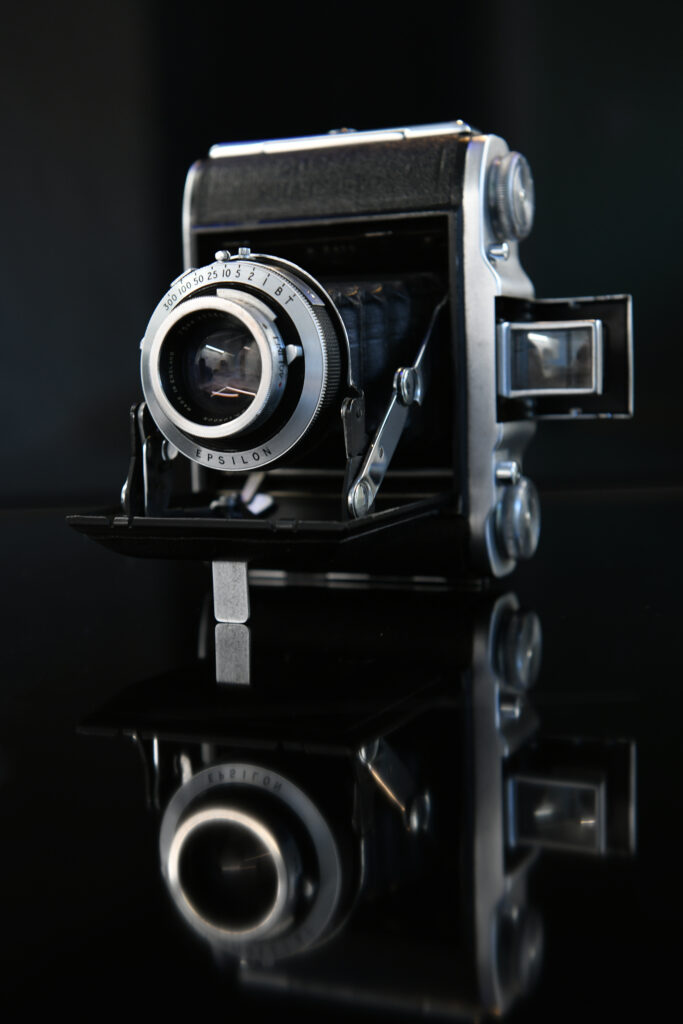
Dad had spent the previous few days teaching me the mysteries of manual focus and apertures using the depth of field gauge on the camera’s top plate and how to read his Gossen Sixtomat light meter. Now was the moment of reckoning. A few other classmates had cameras with them but they were all of the-point-and-shoot-with-nothing-to-adjust variety so mine was the only one that required some sort of manipulation to get a satisfactory result. Naturally it, and I, felt very special. I can happily report that the trip and all the pictures were a great success. Neither a single shot nor an urchin was lost.
The Ensign was my camera of choice (we didn’t have an alternative) and went with me when I embarked on a three week holiday to a pen pal in Hamburg, Germany, at the age of fourteen. I ended up with one or two duff shots and the usual “Why on earth did you take that?” images but on the whole another good result. Clearly a photography career beckoned…. and fulfilled. Albeit 50 years later. Yes, for reasons to be explained another time I became a pro commercial photographer not long after turning sixty!
Back to the story.
All the while that I and the Ensign were bonding I was, mentally at least, having an affair as I lusted almost daily over the camera taking centre stage in the camera shop’s window at the end of our street. Being an expert in Ensign top plate dial reading I was able to recognise a true, precision engineered, Pro camera when I saw one. The extortionate price was also a bit of a giveaway of course. I knew it was good and I wanted it.
Instead, at the age of 16, my dad took me on a long journey to another district of Liverpool. To a camera shop (what was wrong with the one at the end of our road?) where, after some discussion with a salesman, he bought me a Praktica L for my birthday. Not quite what I was after but, never ungrateful, I began to love it. Lacking a light meter meant that I had to guess exposures a lot of the time which in turn created a fair number of missed shots but the majority were okay. Over a period of a few years I bought various lenses and even a second body because all self-respecting photographers had two cameras at the ready, just in case.
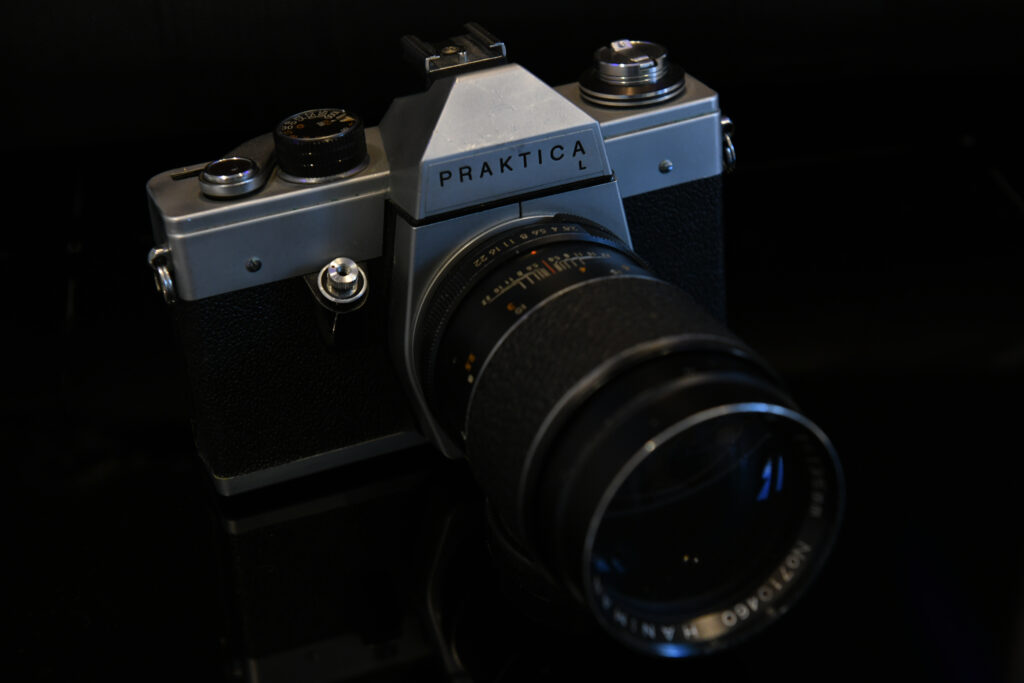
Life continued. Blah, blah, blah…. Until it was time for my recently new wife and I to go exploring France on a ten-day holiday. This was an opportunity that may not come around again so I managed to persuade her that it would be prudent to upgrade to a camera that wouldn’t fail to bring back lasting memories of a romantic getaway. The result was the acquisition of a Ricoh KR10, a 1980 camera of the year winner. A bedroom cupboard now houses boxes storing folders and envelopes full of prints from days out, holidays and company conferences in exotic places. Wherever we went the camera went with us. As did the weather. We have had rain in Spain and gales in Wales but despite that, for twenty five years it never missed a beat. Unfortunately the colour prints are fading and the negatives long since lost but that’s not the camera’s fault. The KR10, with motor drive fitted and excellent Pentax lenses was, and still is, an ideal choice.

….
One evening a neighbour from across the road knocked on the front door. He worked for a camera importer and just that day they had received a small number of digital cameras from Japan. Knowing that I went everywhere with my KR10 he was keen to show me the future and this was it. Another Ricoh, this time the RDC-1 with nearly half a megabyte of digital image quality. That’s big. When you are used to numbers being in the 35mm range anything referring to a million, even if it is only half of one, is huge. I was nearly taken in except for the fact it was over £1000 to buy. The film camera would have to last a little longer. Until 2004 in fact when Fuji launched the Finepix S5500 4MP digital bridge camera for about £250. At last, this was my first launch into the digital world which has since taken me through various incarnations of manufacturers, sensor sizes and capacities right up to my work horse Nikon D850 with its 45MP full frame sensor.
But working with digital every day, pixel peeking for perfection, can get a bit samey. Click, click, click – if I take enough one of them will be just right – click, click, somehow loses the basics of photography. It is all too quick, too often and too manufactured. I wanted adventure and I wanted a reason to take my time over my picture taking. Going back to film was the only solution. No good for my commercial work obviously, those days disappeared in the last century, but reverting to a film camera for fun was going to be a new mission for me.
The KR10 was still on my shelf, along with three lenses of varying lengths, so I brought it back into service for a single roll of colour film. Oh it felt good. But I knew it could be a lot better so I did a bit of digging on the internet. My D800, D850 and collection of gold ring lenses had drawn me into the Nikon fold so it made sense to look into earlier Nikon film cameras that looked the part and functioned in the way that you would expect. The research pointed straight to the glorious Nikon F4S, a ground breaking creation from the end of the 1980s and early 90s. With all its computers and motors and buttons and knobs it is to all intents and purposes a digital camera that you put a 35mm film cartridge in. Never mind the quality, feel the width. It is big and it is heavy. The F4 (F4S is the same but with an extra battery grip) has to be the ultimate 35mm film camera, just as the D850 has been labelled the best DSLR ever made.
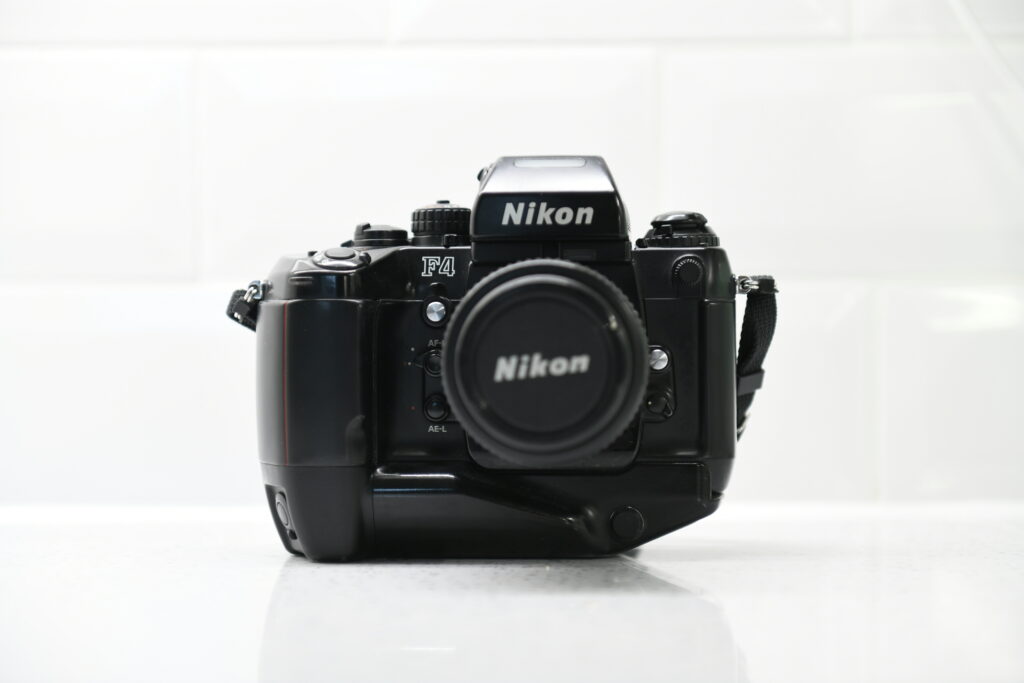
Anyone who says that if they want something they just go and buy it clearly is not married. A mint condition Nikon F4S body from Japan is not a lot of money but any money when there is a new kitchen needed and the bedroom carpet could do with changing is more than needs spending. If there are young children still to consider it is even harder to justify. Thankfully for me two situations had occurred. First, the daughter was well gone, married with her own children and no longer a financial deficit, and second, I had had a few decent work contracts recently. The kitchen and the carpet were still haunting me in the background but I was at last able to scratch the itch and order the Nikon. Of course, it needed a lens too but that’s not the point. This was to be a new start and a big step up from my previous film encounters. The F4S is not an easy camera to use. There are lots of tiny lock buttons that need to be pressed in order to turn a dial or change a setting but when you are finally ready, and if the subject hasn’t given up on you and moved off, the results are worth waiting for and are superb. I love the F4S.
And that should be that. The end of the adventure. But, of course, it isn’t. Just when you think you have cured an itch isn’t it funny how another one pops up somewhere else? By this point I am fully aware of the quality my clients are getting from my digital cameras and I am also aware of the massive leap in quality from the Ricoh KR10 to the Nikon F4S for my fun snaps, so, I began to wonder, what would it be like to return to an old flame that I had fallen in unrequited love with in my early teens? The camera that my dad did not buy for me. The one I drooled over daily until I discovered girls. The Nikon F with a Photomic FTn head dating from the mid 1960s.

Even now it is breathtaking in its beauty. That photomic prism has an architectural appearance all of its own; upright sides that sit in line with the lens housing and an attached skyscraper of a shutter speed dial which clicks over the low level dial that is used if you’re daft enough to use other prisms. The whole front façade is elevated vertically to proudly show off the open font ‘F’ and carefully spaced engraved N i k o n on its sheer surface. You don’t notice the clunky lever used to release the head which is cleverly camouflaged in matt black sticking out on the side. Only the silver coloured light meter buttons are visible, for ease of use. This is a manual camera in every way. Focussing requires you to line up the two sides of a split centre circle in the screen. It is so simple. If you have fitted a lens with a ‘prong’ attached the light meter will react to any changes to the lens’ aperture ring or the shutter speed dial. Get the needle in the viewfinder straight up and you’re good to go.
Another itch cured with another purchase from Japan, this time complete with 50mm f1.4 lens and a 24mm f2.8 following on shortly after. Another game changer from Nikon. Regrettably age may not have been so kind to it as my first roll of black and white has some issues with light at the side. To test it further I have had to run a colour film through using both lenses. They all turned out well so for now I am putting the problem down to something in the processing. The issue was close enough to the edge that digital copies from the negatives can be cropped, leaving a clear, sharp and perfectly exposed photograph. At nearly sixty years old, if it is the camera at fault, it can’t be blamed for the odd blemish here and there. The Nikon F Photomic FTn is everything I ever dreamed it would be, and more. If only I could have had it when I was a teenager.
Now, should it be the Mamiya 645 or a Bronica? I’m itching everywhere.
Share this post:

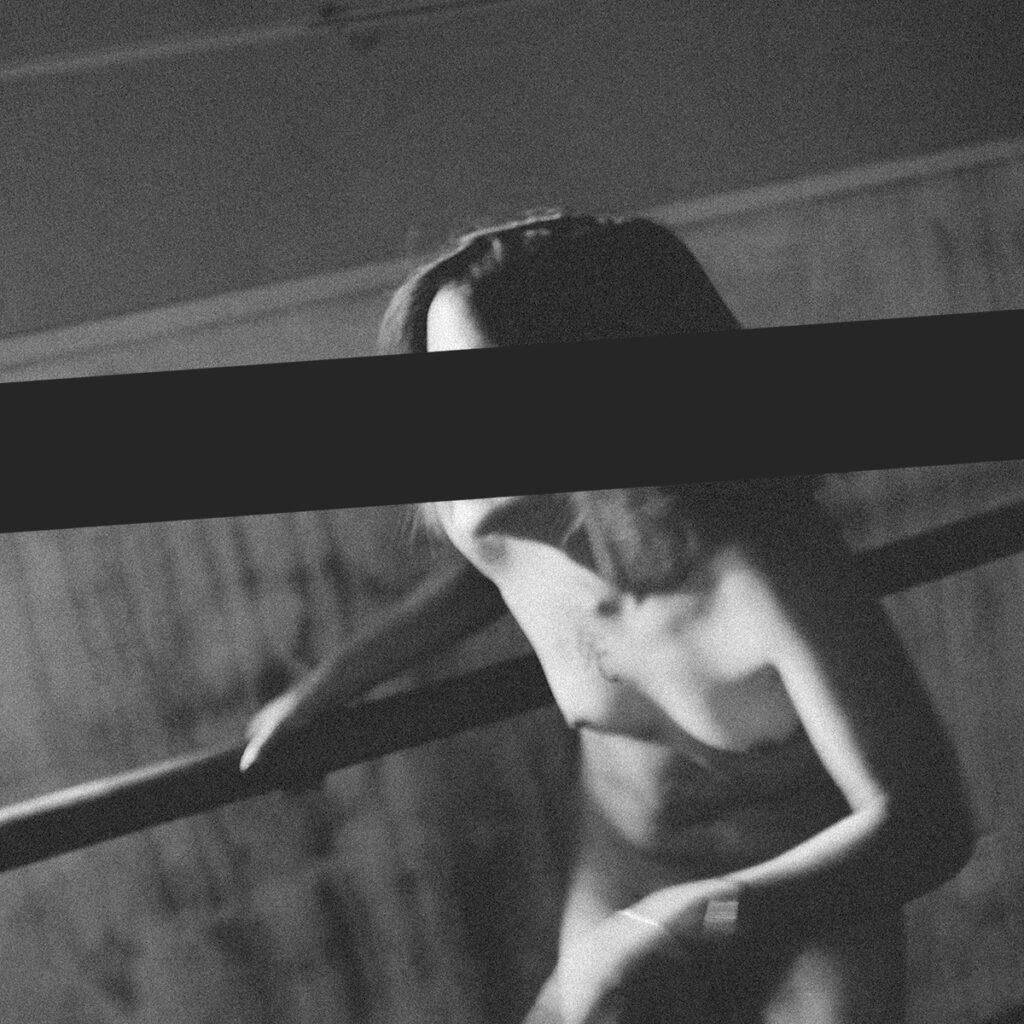
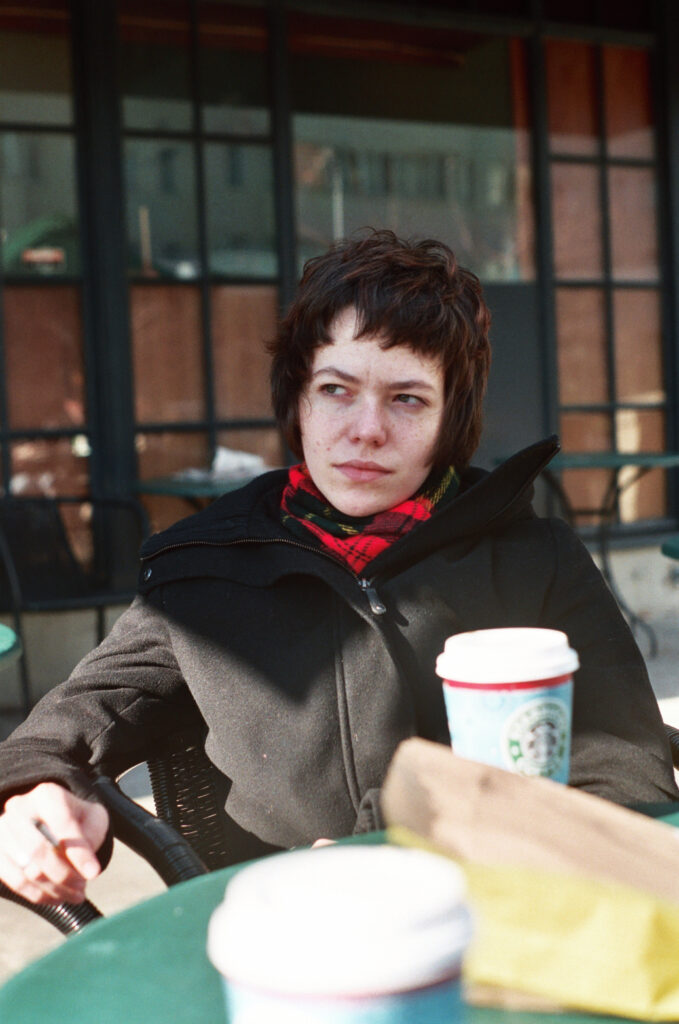


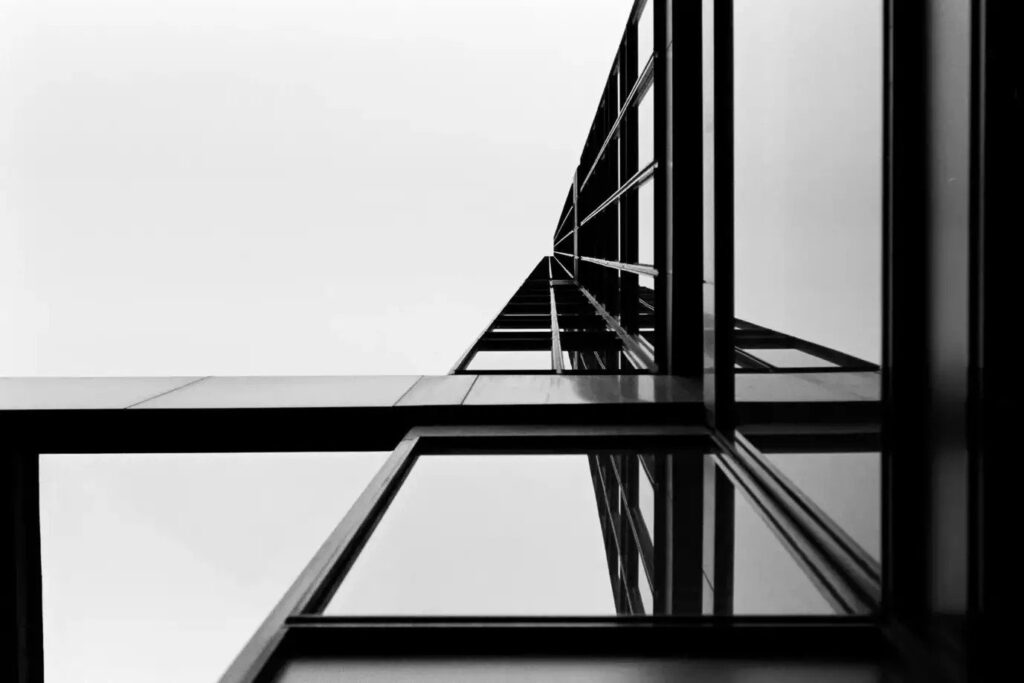


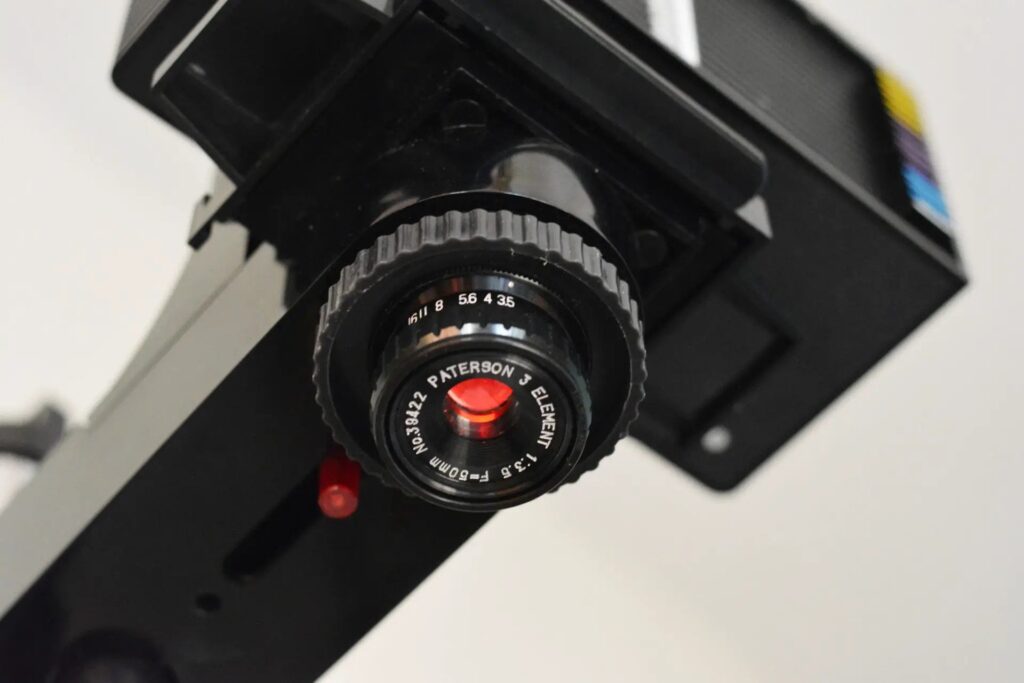
Comments
Markus Larjomaa on I can’t stop scratching
Comment posted: 28/11/2025